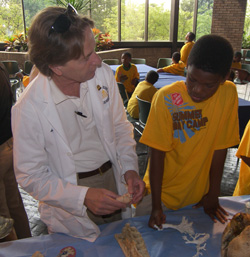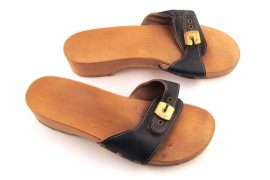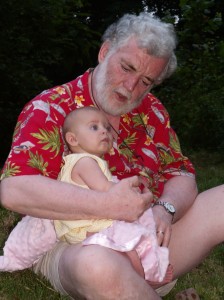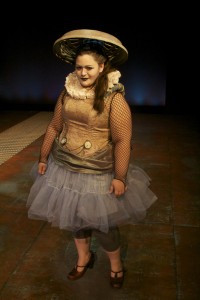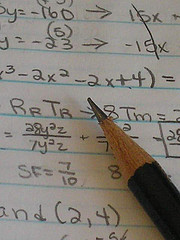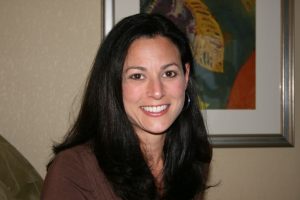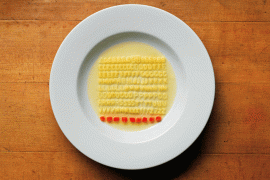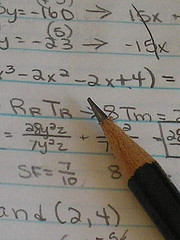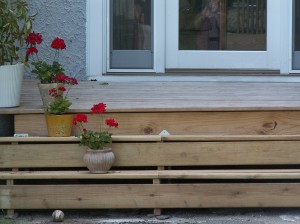Ooooh! We have a big-wig here at Math for Grownups today! Dr. Joshua Sharfstein is a pediatrician and the Secretary of the Maryland Department of Health and Mental Hygiene. Before taking this position, he served as the Principal Deputy Commissioner of the Food and Drug Administration (FDA). And before that, he was the Commissioner of Health in Baltimore.
I met Dr. Sharfstein when he was Health Commissioner of Baltimore. He and I talked about having an epidemiologist on staff to help track (and therefore prevent the spread) of infections and diseases in the city. I remember being fascinated by the statistics involved in his job. Read on for more details.
Can you explain what you do for a living?
I run the health department in Maryland. Our goal is to improve the health of Marylanders through health insurance for low-income individuals and families, services, community support, and education.
When do you use basic math in your job?
I often use math to understand the health of Maryland. We are now tracking 39 specific measures of health, such as the rate of smoking and the number of children who are poisoned by lead paint. You can see these measures at the Maryland Department of Health website. In addition to using math to understand each of these numbers, I often use statistics to see if Maryland is moving in the right direction, the wrong direction, or just staying the same. I also use statistics to identify specific groups of people who are facing the greatest health challenges in our state.
Math is also involved in setting budgets. Our Department’s budget is about $9 billion each year. That’s a lot of money to be responsible for. I need math to identify the areas where costs are growing beyond what we anticipated.
How do you think math helps you do your job better?
Math is essential to my job. If I did not feel comfortable with math, I could not be responsible for the funding of our Department or the health of the people in Maryland.
How comfortable with math do you feel?
I have always loved math. It was my favorite subject in school. I like surprising people at work by showing them my own calculations. My children are now taking math, and I really enjoy learning along with them and teaching them math tricks from my days as a student.
What kind of math did you take in high school?
I took calculus and advanced calculus in high school. I took a special math class at the University of Maryland in College Park when I was in high school.
Did you have to learn new skills in order to do this math?
In college and afterwards, I took classes in statistics. I use math from high school and statistics from college and beyond to do my job.
Do you have questions about Dr. Sharfstein’s job? If so, post them in the comments section.
And while you’re at it, if you have special requests for Math at Work Monday features, drop me a line at llaing-at-comcast-dot-net. Also feel free to send the names and contact info for those who might be willing to be interviewed!

